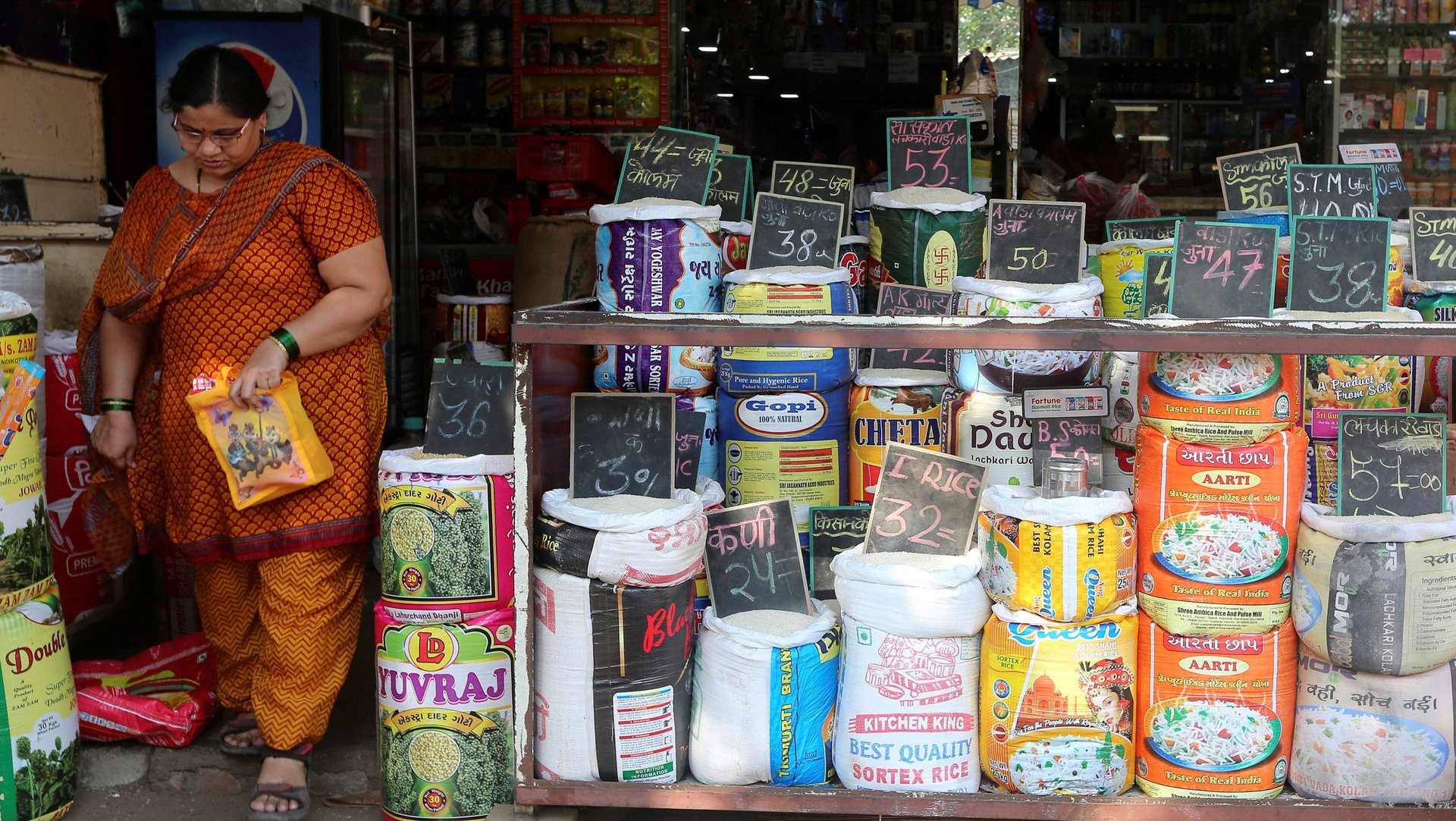Is the worst over for India’s $49 billion consumer goods sector?
After a year of sluggish growth and big disruptions, there’s some feeble good news trickling in for India’s consumer goods sector: The quarterly results of major players show early, much-needed signs of a rebound in the $49 billion market.


After a year of sluggish growth and big disruptions, there’s some feeble good news trickling in for India’s consumer goods sector: The quarterly results of major players show early, much-needed signs of a rebound in the $49 billion market.
On Oct. 25, sector bellwether Hindustan Unilever (HUL), the country’s largest consumer goods maker, announced a 16% jump in profit and a 6.5% rise in revenue for the second quarter (July-September) of the current financial year. This suggests stable consumer demand as well as near normalcy in its wholesale business, despite major policy shifts that had wreaked havoc in the market.
Other companies, including Marico, ITC, and Emami, which revealed their numbers over the past few days, have also posted revenue growth ranging between 6% and 8% during this period.
These numbers come in the backdrop of the severe cash crunch in the economy caused by the note-ban of November 2016 and the massive shift in India’s taxation system with the roll out of the goods and services tax (GST) in July this year. The economy was showing signs of distress even otherwise, and these disruptions piled on the misery.
Now, it seems the worst may have passed.
“Consumer off-take during all this (GST transition) remained stable,” PB Balaji, chief financial officer at HUL, said in an earnings call on Oct. 25. “While GST did impact the trade purchases in the early part of the quarter, subsequently, things have started stabilising and are now recovering,” Balaji added at a press briefing announcing the company’s results.
There’s a similar sentiment at Dabur, another major player in the consumer goods space. “In India, the trade channels have largely normalised post the introduction of GST and consumer off-take has been reporting a steady growth,” Dabur India’s CEO Sunil Duggal said in an earnings release.
Meanwhile, companies stepped up efforts to allay the disruption caused by GST. HUL, for example, stayed away from any price hikes during the quarter and even passed on relative cost-savings on account of the GST to consumers. Firms had also tried to minimise the impact of “de-stocking”—wherein retailers, stockists, and wholesalers reduced inventory in the run up to GST—as they transitioned to new inventory, prices, and IT systems.
The outcome has been in line with analysts’ expectations, so far. “Volumes in Q2FY18 are likely to improve, benefiting from festive season demand, restocking in the distributor channel, some recovery in the wholesale channel (especially in south and west regions) and resumption of ordering by CSD (the defence ministry’s canteen stores department),” brokerage firm IDFC Securities had indicated ahead of the earnings season.
The struggle is real
The currency ban and GST came as back-to-back blows, especially to the rural economy which accounts for a third of all fast-moving consumer goods sales and was already reeling under a slowdown since 2014.
Within days of the currency ban, 60% of small traders across India reported a dip in sales, with categories such as biscuits, snacks, and soaps being the worst-hit. The GST, introduced this July, then disrupted wholesale trade, which feeds the country’s vast network of mom-and-pop stores. While some products and categories like soaps, hair-oil, toothpaste, and edible oils fell under the lower tax bracket in the new regime, prompting companies to pass on these price benefits to consumers, others such as sugary beverages and cigarettes saw a steep rise. That pulled down revenues. At tobacco major ITC, cigarette sales dropped by 6% in the September quarter, even as its consumer goods business was up 10%.
Now, however, analysts concur that things will normalise completely by the fourth quarter of the current financial year “as wholesale channels show further improvement,” brokerage firm Jefferies said in a report dated Oct. 24.